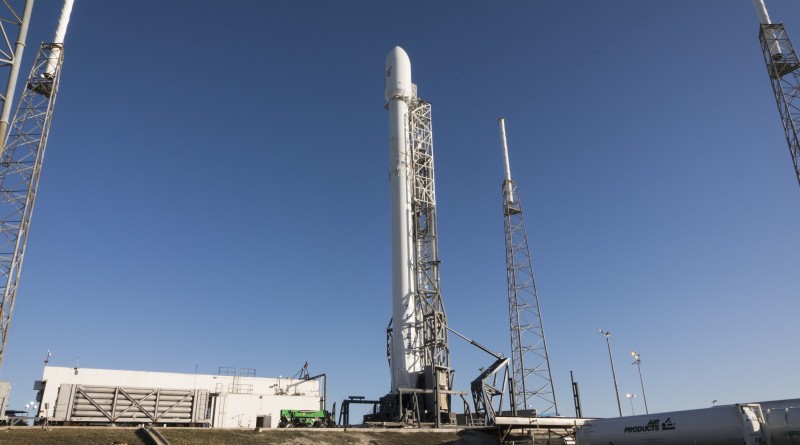SpaceX Falcon 9 completes Static Fire Test for critical Return to Flight Mission
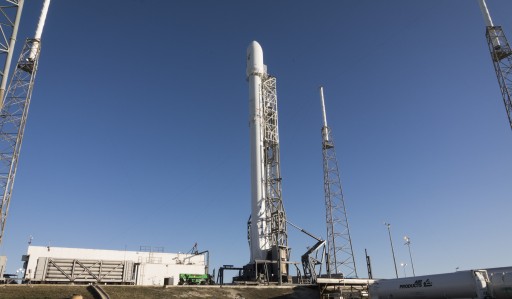
SpaceX conducted a Static Fire Test with its first upgraded Falcon 9 rocket on Friday as one of the final steps ahead of the return to flight mission and introduction of the Falcon 9 Full Thrust Version. Carrying 11 Orbcomm Second Generation Satellites, Falcon 9 is aiming for liftoff as early as Monday at 1:29 UTC – pending analysis of data from the Static Fire and the Launch Readiness Review.
Friday’s Static Fire came on the third consecutive attempt after countdowns on Wednesday and Thursday could not reach T-0 due to issues with the new propellant loading system and procedure highlighted by the use of sub-cooled liquid Oxygen oxidizer.
The Static Fire Test has been a part of every Falcon 9 launch campaign to date to act as a final test of the fully assembled rocket that, as part of the test, goes through a complete tanking sequence, extensive testing activities and finally a launch-day-like automated countdown sequence culminating in a brief ignition of the nine Merlin 1 D engines on the first stage of the Falcon 9. Data is gathered by a multitude of sensors throughout the test and evaluations are performed in the days after the static fire to determine whether all systems, including the engines, performed to specification.
This Static Fire marked a big test for the new Falcon 9 FT vehicle and the ground systems at Space Launch Complex 40, both of which underwent significant changes since the last launch of the Falcon 9 in June, flying in the v1.1 configuration.
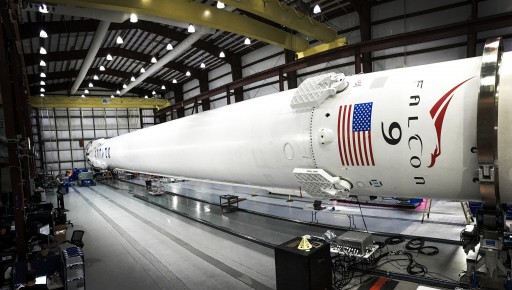
The most significant changes from the v1.1 version of Falcon to the Full Thrust version (sometimes referred to as v1.2) is the use of densified propellants and the operation of the Merlin 1D engines at their maximum thrust setting. This upgrade aims to squeeze the maximum possible performance out of the Falcon 9 launch system to enable it to carry heavy satellites to Geostationary Transfer Orbit while saving sufficient propellant to return the first stage of the rocket to Earth for future re-use in SpaceX’s continued efforts to cut the cost of access to space.
Propellant densification is achieved by cooling the propellants. Most Kerosene/Liquid Oxygen launch vehicles use Kerosene at ambient temperature and Liquid Oxygen at its boiling point of -183°C. By cooling the LOX, its density can be increased, meaning that a greater mass of oxidizer can be loaded into a limited tank volume. Cooling the LOX to approximately -207°C can yield a density increase around 8%, limited to a temperature near the triple point of LOX when the mix could become slushy due to the presence of solid oxygen.
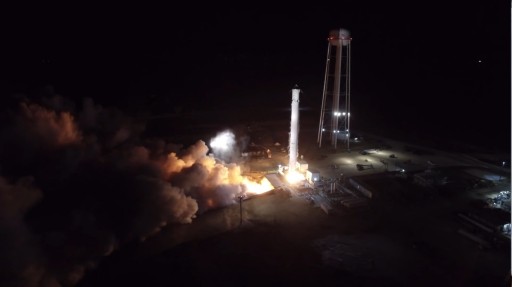
For Kerosene – cooled down to -7°C, the density increase is much smaller because its viscosity increases as temperatures decrease. Because of the different densification results for the fuel and oxidizer, the tank sizes of the Falcon 9 had to be modified in order to keep the required mixture ratio. While the first stage remains at the same overall size, the tank size changes required the second stage to be extended slightly.
The transition to sub-cooled LOX and chilled RP-1 required new propellant handling systems to be installed at Space Launch Complex 40 including Nitrogen subcoolers to achieve the temperatures needed for the LOX cooling. Although tested before, the Static Fire provided the first opportunity to check out the propellant handling system and interfaces with an actual Falcon 9 present at the pad.
This was likely the cause of the delays of the Static Fire Wednesday and Thursday, and SpaceX CEO Elon Musk confirmed through Twitter that the team was struggling with the process of loading sub-cooled oxygen into the vehicle. At the SpaceX test site in Texas, a similar system had worked as planned during Static Fire Testing of the booster, but the system at the Cape had some additional teething issues, requiring the team to put in some extra hours.
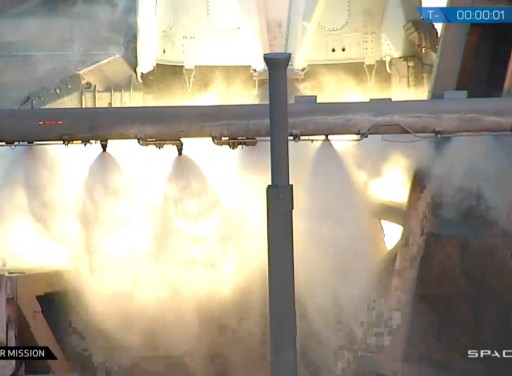
Entering its third Static Fire countdown, Falcon 9 completed a number of systems tests before loading of propellants began. Although the second stage is not directly involved in the static fire, it was also tanked to check the integrity of the propellant system and the interfaces with ground support equipment. When the tanks reached topping and Falcon 9 was fully checked out, teams pressed into the Automated Countdown Sequence, picking up at T-10 minutes for the final reconfigurations of the launcher including the pressurization of its tanks, the transfer to internal power, the chilldown of its engines and the start-up of the Flight Computers.
Elon Musk noted that the vehicle had gone through a successful fueling sequence and entered the Terminal Countdown when an automatic abort was triggered by an indication on the Upper Stage engine throttle valve. The countdown had to be recycled and the suspect value’s red line limit was adjusted before clocks could pick up again. The next attempt ended right at the ignition of the engines because an unspecified valve within the Ground Support Equipment was slow to react. The command times for the suspect valve adjusted by one second and the count resumed, already several hours into Friday’s operation.
Three seconds ahead of T-0, the nine Merlin 1D engines soared to life, ramping up thrust for a brief moment to deliver data on engine performance that will be reviewed to confirm the readiness of the propulsion system. Immediately after the test, teams reviewed the data that was collected to ensure a complete data set was acquired before giving the go-ahead for de-tanking of the launch vehicle.
Preparations for Falcon 9’s return to flight, coinciding with the debut of the FT version of the rocket have been underway for weeks after the arrival of the booster stages at the launch site following the completion of component level testing and the typical test firings of the flight stages at the SpaceX Facility in Texas.
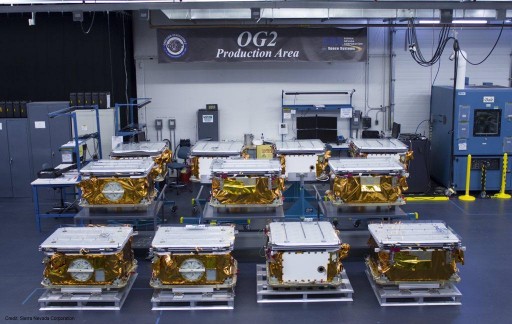
The 11 Orbcomm satellites were delivered to the launch site in November by their manufacturer Sierra Nevada Corporation to complete final testing and propellant loading for flight. A payload adapter comprised of three stacked rings, each capable of holding four satellites, was manufactured by Moog Inc. Stacking of the ESPA adapter was completed in early November and the installation of the 11 satellites on their adapter wrapped up last week. Encapsulated in the payload fairing, the assembled payload stack was installed on the Falcon 9 on Tuesday in advance of Wednesday’s rollout.
Initially, first on the manifest was SES-9, however, as a risk-reduction, SpaceX decided to put the OG2 mission first because this flight leaves the second stage of the launcher with surplus propellant for an in-space engine re-start test. This test is highly desired because the Falcon 9 FT premieres a slightly modified second stage engine with an extended nozzle running at the full thrust setting that is being inaugurated as part of the FT upgrade of Falcon 9.
The Launch of the relatively light OG2 payload stack also leaves enough propellant reserves on the first stage for a guided return to Earth. SpaceX expressed earlier that the goal for this flight was to attempt a return of the booster to Landing Complex 1, formerly known as Cape Canaveral Launch Complex 13 where SpaceX has been establishing flat concrete pads for the on-shore landing of Falcon 9 and Falcon Heavy rocket stages.
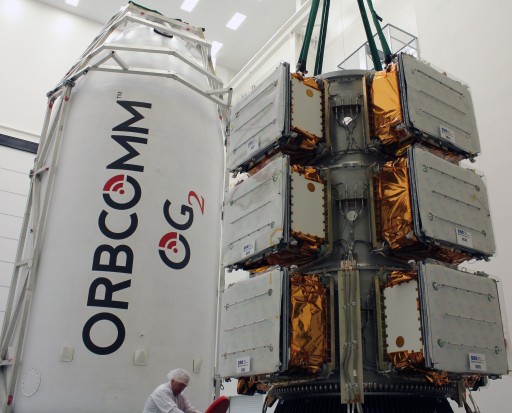
SpaceX submitted its request for a landing on land to the Federal Aviation Administration that governs all rocket-related activities that could impact the public. However, it is not yet known whether Falcon’s first touchdown attempt on land has been approved by the FAA as SpaceX had been working through the licensing process for the new FT vehicle and the landing. Both, the introduction of the Full Thrust Falcon 9 and the landing attempt are tied to a number of formalities as existing launch licenses had been for the v1.1 version of Falcon 9.
Neither, SpaceX or the FAA, discuss the licensing process with the public.
Should the official approval be given, SpaceX will make a final decision on whether to proceed with the landing until T-45 minutes prior to launch based on operational constraints such as weather conditions and winds aloft. The Eastern Range also has to provide a final sign-off to allow the ambitious landing attempt to go ahead.
The Launch Weather Forecast for the Monday (UTC) opportunity calls for a 90% chance of favorable conditions for the instantaneous launch window. For the backup opportunity 24 hours later, weather deteriorates slightly with a 60% chance of good conditions.

